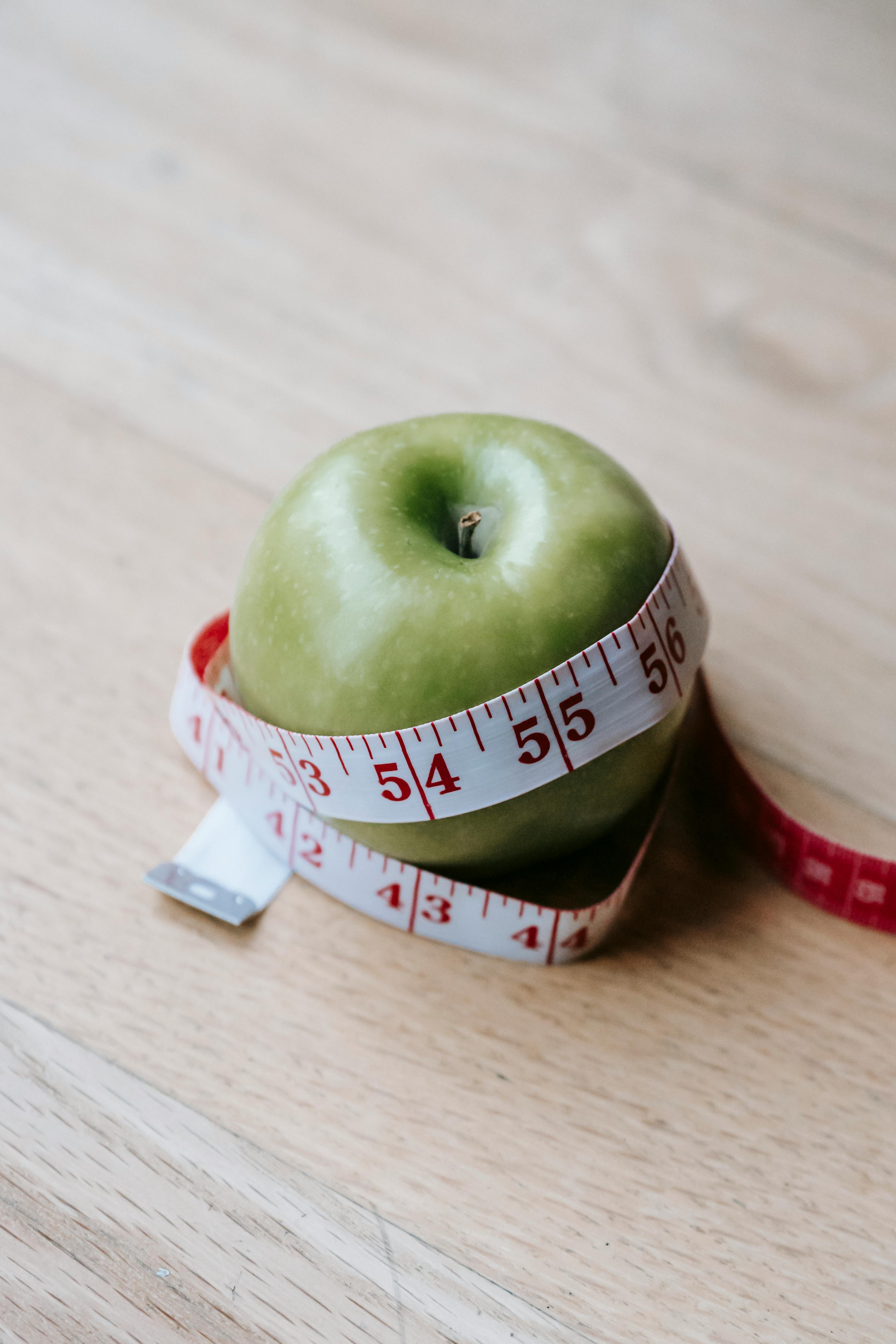
Complete Guide to Creating a Table of Contents in Word 2025: Smart Steps to Organize Your Document
A table of contents (TOC) is a vital component of any well-organized Word document. It not only helps readers understand the structure and flow of your content but also improves navigation, making it easier to find specific sections. This comprehensive guide will walk you through the process of creating a table of contents in Word 2025 using smart steps that enhance the usability and aesthetics of your document.
Utilizing a table of contents can significantly improve the readability of your document. In this article, we'll explore various methods to insert a table of contents, format it effectively, and update it as necessary. Additionally, you'll discover how to customize your TOC to fit your specific needs, as well as tips for managing your document's structure. By the end of this guide, you'll be equipped with the knowledge needed to create an efficient and user-friendly table of contents.
Let's dive into the essential steps and techniques for generating a Table of Contents in Word 2025.

Essential Steps to Create a Table of Contents
Understanding Headings and Structure
Before you create a table of contents (TOC), it's crucial to understand how to structure your Word document using headings. Properly formatted headings serve as the backbone of your TOC, allowing you to easily manage document organization. In Word, you can create levels of headings using the built-in styles found under the "Home" tab.
Start by using "Heading 1" for main chapter titles, "Heading 2" for section titles, and "Heading 3" for subsections. This hierarchical approach not only helps with TOC generation but also establishes a clear structure for your document, making it easier for readers to follow along.
Once your headings are in place, creating a TOC becomes a streamlined process, as Word automatically recognizes these headings when you insert the TOC.
Inserting Your Table of Contents
To quickly insert a table of contents in Word 2025, follow these simple steps:
- Navigate to the "References" tab on the top menu.
- Click on the "Table of Contents" button.
- Select a pre-defined TOC format from the dropdown list or choose "Custom Table of Contents" for more options.
- Click "OK" to insert it into your document.
By selecting a pre-defined style, you can enhance the visual appeal of your TOC and ensure it aligns with your document's formatting. For more control, the custom option allows you to adjust settings such as which headings appear, how many levels to include, and whether to add hyperlinks for easy navigation.
Updating Your Table of Contents
As you edit your document, it's important to keep your TOC up-to-date. Luckily, Word makes this easy. When changes are made to headings, you can simply follow these steps to refresh the TOC:
- Click on the TOC in your document.
- Select "Update Table." You'll be prompted with options to update page numbers only or to refresh the entire table.
Regular updates ensure that your table remains accurate and reflects the current content of your document, enhancing its effectiveness and professionalism.
Customizing Your Table of Contents Styles
Customization is key to creating a TOC that fits your style and enhances document navigation. To change the appearance of your TOC:
- Right-click on the TOC and select "Edit Field."
- Choose "Table of Contents" and then click on "Modify."
- Select the TOC style you want to edit (e.g., TOC 1 for Heading 1, TOC 2 for Heading 2, etc.) and adjust font, size, and indentation as desired.
Customizing styles may include changing the font to match the document's overall design or adjusting the indentation to better align with the layout. Such adjustments can significantly contribute to a polished document appearance.
Adding Headings and Section Titles
To ensure that every relevant part of your document is included in the TOC, it’s crucial to correctly add headings and section titles. You can accomplish this by:
- Selecting the text you want to make a heading.
- Going to the "Home" tab and clicking on the desired heading style.
Additionally, consider how you name your headings; clear, descriptive titles enhance the TOC's effectiveness and make navigation much easier for readers. For example, using "Chapter 1: Introduction" is more informative than just "Introduction."
Utilizing Word Navigation Pane for Efficient Document Management
Accessing the Navigation Pane
The Navigation Pane in Word is a powerful tool that enhances your ability to manage the layout of your document by providing a visual representation of headings, sections, and pages. To access the Navigation Pane:
- Go to the "View" tab on the Ribbon and check "Navigation Pane."
The pane will appear on the left side of the window, displaying your document’s headings. This allows for quick access to specific sections, enabling smoother navigation through your lengthy documents.
Using the Navigation Pane to Organize Your Document
Within the Navigation Pane, you have the option to rearrange sections by dragging and dropping headings into new positions. This can save time compared to other document management methods, especially when working with complex structures that require frequent adjustments.
For instance, if you decide to move Chapter 3 ahead of Chapter 2, simply drag Chapter 3 to the new location in the Pane. Word automatically updates hyperlinks, TOC, and page numbering, ensuring that everything stays cohesive.
Incorporating Hyperlinks in Your Table of Contents
Including hyperlinks in your TOC allows readers to jump directly to sections of your document, enhancing the user experience significantly. To make your TOC interactive:
- Make sure to use Heading styles for all sections you want to link.
- During the TOC insertion process, ensure the "Use hyperlinks" option is checked in the Table of Contents dialog.
With this feature activated, readers can click on entries in the TOC to navigate directly to the relevant pages, making it particularly beneficial for lengthy documents.
Creating Custom Table of Contents Options
If your document requires a unique design or specific TOC elements, you can create a custom table of contents. This involves:
- Choosing "Custom Table of Contents" from the Table of Contents menu.
- Setting your desired levels of headings, formatting preferences, and tab leader options.
Creating a custom TOC offers flexibility and enables you to tailor the look and functionality to suit your content organization needs, making it easier to manage longer documents.

Best Practices for Formatting a Table of Contents
Ensuring Consistent Formatting
A well-formatted table of contents is key to maintaining a professional appearance for your document. Here are some best practices:
- Use consistent font styles and sizes across all headings and entries.
- Maintain uniform spacing and indentation for clarity.
- Align text properly to ensure a tidy layout.
Consistency in formatting not only makes the TOC visually appealing but also improves readability, aiding users in navigating your document.
Strategies for Effective Table of Contents Use
To maximize the utility of your table of contents, consider these strategies:
- Create an overview section at the start of your document, summarizing its key points.
- Utilize descriptive headings to guide readers on what to expect in each section.
- Incorporate page numbers in the TOC for quick reference.
Employing these strategies reinforces the effectiveness of your TOC, enhancing both user engagement and satisfaction.
Common Mistakes to Avoid
When creating your table of contents, be mindful of these common errors to ensure the best results:
- Neglecting to update the TOC regularly as edits are made.
- Using non-standard heading styles or inconsistent terminology.
- Including too many or too few sections in the TOC.
By avoiding these mistakes, you can enhance the clarity and navigability of your document, ensuring that readers have a positive experience.
Utilizing Word Templates for Your Table of Contents
If you're looking for a quicker setup, consider using Word's built-in templates that include a pre-designed table of contents. To find templates:
- Open Word and navigate to "File."
- Select "New" and search for "Table of Contents." Choose a template that suits your document type.
Templates simplify formatting and provide a polished look without the additional effort of formatting everything manually.
Q&A Section: Addressing Your Table of Contents Queries
How do I edit my table of contents?
To edit your TOC, simply right-click on it and select "Edit Field." From there, you can modify styles, update levels, or change formats to suit your preferences.
Can I add page numbers to my table of contents?
Yes! When inserting your TOC, make sure the "Show page numbers" option is checked to include them automatically.
How do I create hyperlinks in my table of contents?
When inserting your TOC, be sure to select the "Use hyperlinks" option in the Table of Contents settings, which enables clicking your TOC entries to navigate directly to their respective sections.
What are the benefits of an automatic table of contents?
An automatic TOC adjusts dynamically as you modify your headings or content structure, saving time and ensuring accuracy without manual adjustments.
Is it possible to create multiple TOCs in one document?
Yes! You can create multiple TOCs by grouping sections and inserting separate TOCs for different parts of your document as needed.
Conclusion: The Importance of a Well-Structured Table of Contents
A well-crafted table of contents serves as a road map for your readers, guiding them through the complexity of your document. By following the steps outlined in this guide and utilizing the powerful tools Word offers, you can create a TOC that not only looks great but also enhances document usability. Whether you are crafting a report, academic paper, or manual, a thoughtfully organized TOC will elevate your document and improve reader engagement.
To learn more about using Word effectively, refer to this guide on Word usage tips and for additional resources, check out this article on document management in Word.